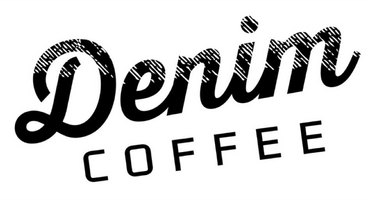Having sourced, roasted, brewed, blended, served, studied, and enjoyed tens of thousands, if not hundreds of thousands of cups worth of coffee we recognize quite easily that there are an incredible amount of variables and details that greatly effect a cup of coffee. However, unless you're a seasoned coffee connoisseur or a professional barista seeking "the God Cup", considering all of the variables may seem like a lot in the midst of your daily routine.
For all of you who want to make a better cup of coffee without delving too deep into the art and science of coffee we've created this quick 80-20 guide to help you level-up your brew game.
1. Use FRESH Coffee
"Well of course, I just grabbed a bag of ground coffee at the grocery store for that reason" said no serious coffee brewer ever.
Coffee begins to lose its freshness immediately after being roasted, so the optimal period to brew your coffee is within the first 2 weeks after roasting. So all coffee found in the majority of mass-market grocery stores is well past its prime by the time it gets stocked on the shelf ( local grocers like Maplewood Produce, etc. serve as exceptions).
This is why at Denim we roast weekly and send the freshly roasted coffee beans our wholesale partners immediately and ship directly to the doorstep of our retail customers. Check out Denim's freshly roasted single origin coffees to get started on your way to a better brew.
2. Use Filtered Water
When brewing coffee, the final product you wind up with in your cup is approximately 99% water, with the rest being oils, flavors, and a few coffee solids.
Therefore, if you use water that is just "ok" from the tap, 99% of your coffee can be expected to be just "ok". And that's given the optimistic assumption that your tap water is palatable. In reality most tap water ends up tasting like chlorine, sulfur, or the myriad other common minerals that alter its taste.
The easy fix here is to grab a water filter next time you're at the store. Soma, Brita, and Pur are all trusted names in water filtration and make products ranging from filtered carafes, counter-top filtration systems, & faucet filtration systems at affordable prices. Added bonus: your water and everything else you make with it will taste better too...it's an all around win.
3. Ditch the Burner
The heart-breaking reality is that most home coffee makers used today include the function of a ceramic hot plate to keep the pot of brewed coffee warm. While a novice brewer may champion such a feature for succeeding in keeping their coffee warm, anyone who enjoys a good cup of coffee falls into mourning every time a pot of coffee is lost this quotidian evil.
"Burner" is defined on Google as: "a thing that burns something or is burned...".
Therefore, yes, a coffee burner is effective at doing what it is inherently made to do. However, by definition a coffee burner succeeds only at BURNING COFFEE. Even the end product of great coffees that have been ground to perfection and steeped at the optimal temperature in filtered water, can quickly be reduced to an acrid, burnt pot of liquid carcinogens thanks to the "convenience" of a coffee burner.
Please, stop the senseless destruction and switch to a coffee brewer that uses a thermal carafe. If you're married to your current burner pot coffee maker you can also work around the issue by removing the pot of coffee from the burner immediately after brewing. Try warming the mugs you'll be drinking from with hot water, this will help your coffee stay hotter longer without the burner.
Again, while this is in no way a comprehensive guide to brewing, it's a perfect way to improve your brew in 3 easy steps.
Give these 3 steps a shot and share your results, pro tips, and thoughts in the comments and be sure to subscribe to Denim's Coffee Blog!
Happy Brewing!
Denim Coffee Company

Leave a comment